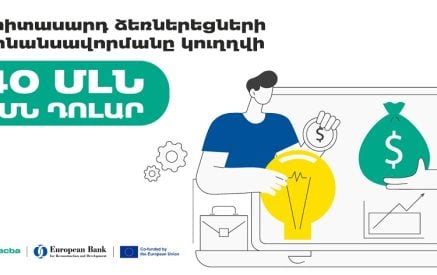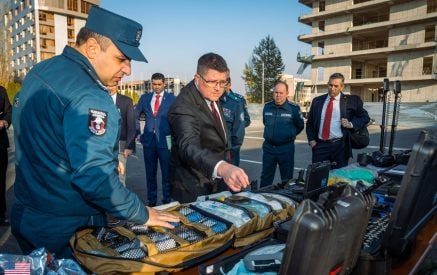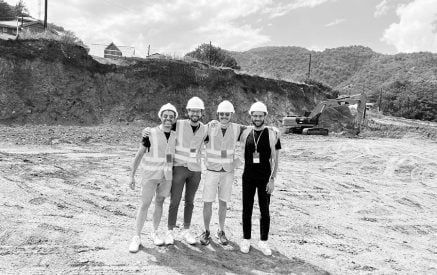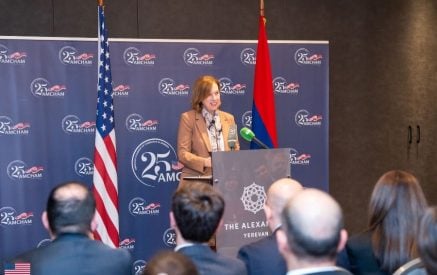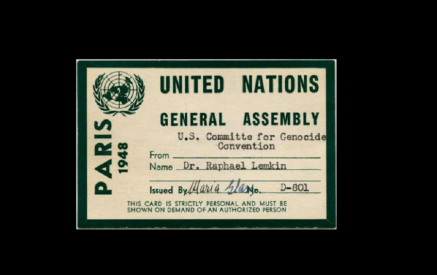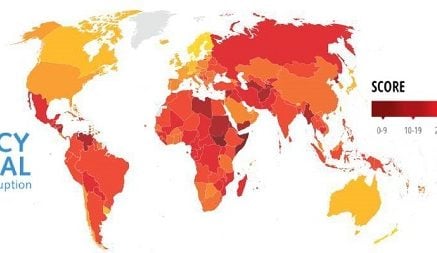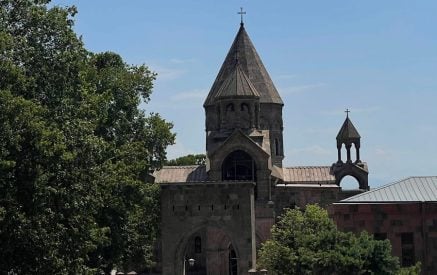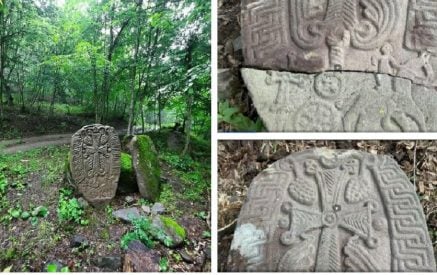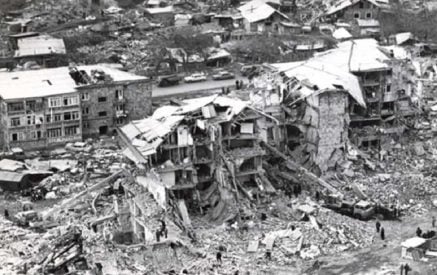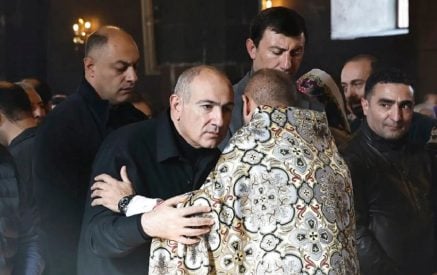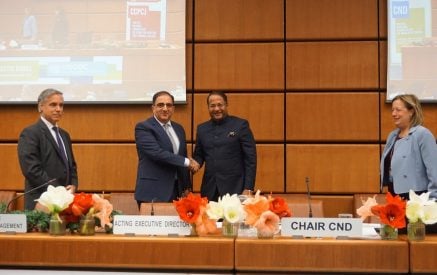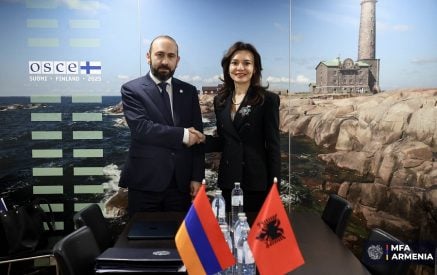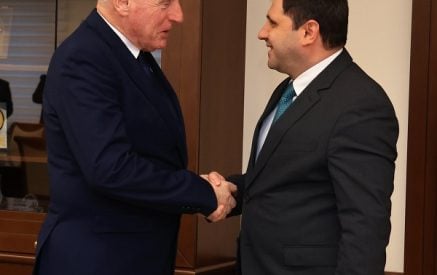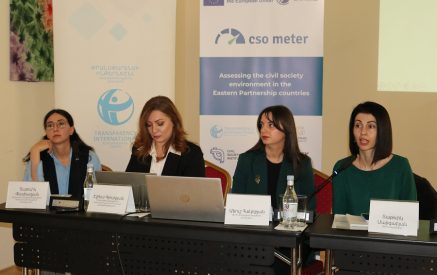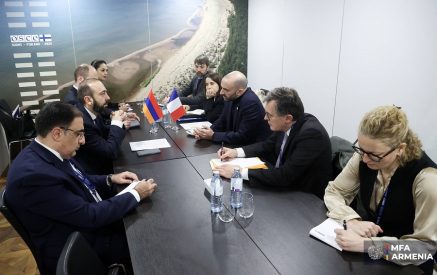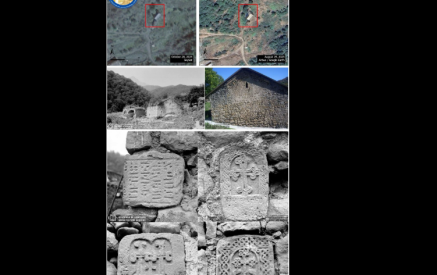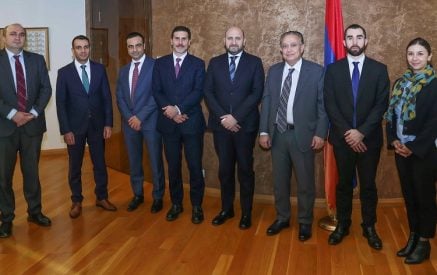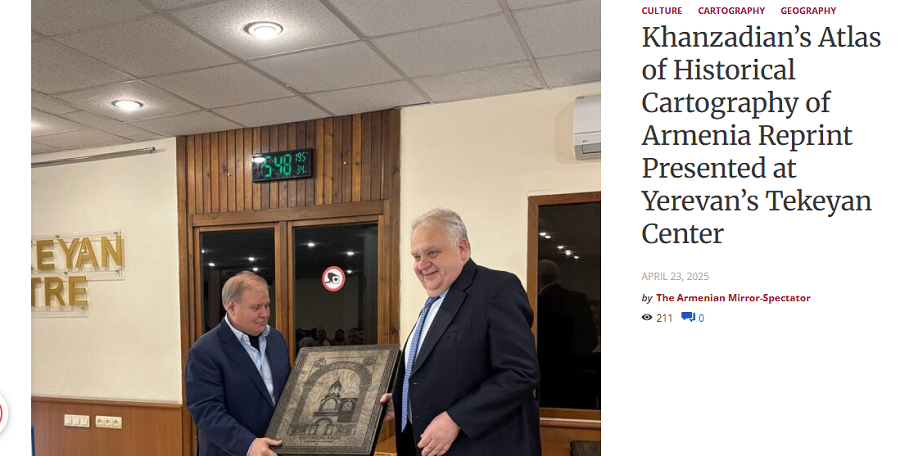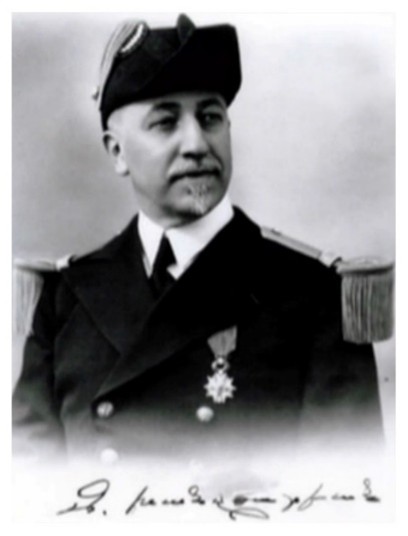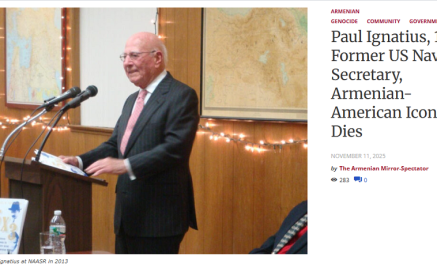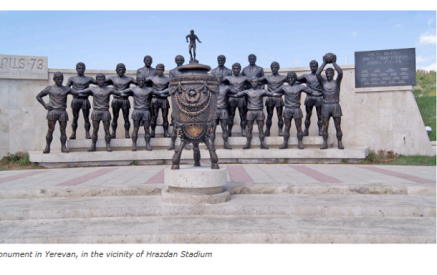by The Armenian Mirror-Spectator
YEREVAN — Recently, the republication of Zadig Khanzadian’s Atlas of the Historical Cartography of Armenia, upon the initiative of the Tekeyan Cultural Association of Armenia and with the patronage of Ruben Grigoryan, was celebrated at the Tekeyan Center of Yerevan. This work contains over 300 maps.
Old maps, historical works of a geographical nature and other written sources, as direct evidence of the past, are of unique value in historical research and the information fight against falsification.
The discovery and description of cartographic materials from libraries, archives and private collections is of great importance.
The first collection of old maps of Armenia known to us, Report on the Geographical Unity of Armenia: Historical Atlas, was published in 1920 in Paris by French-Armenian geographer and cartographer Zadig Khanzadian.
Commander Khanzadian (April 3, 1886, Manisa, Ottoman Empire – January 23, 1980, Paris, France), a prominent French-Armenian cartographer, geographer, researcher and public figure, was also a participant in the French Resistance during World War II. He earned a doctorate in geographical sciences in 1912, and received several honors, including the French Legion of Honor, Honorary Member of the Armenian (Armenian SSR) Geographical Society (1961) and External Member of the Armenian Academy of Sciences (1967).
He authored or co-authored a number of atlases in addition to the aforementioned Report, including Atlas of the Economic Geography of Turkey (1924), Economic Geographic Atlas of Syria and Lebanon (1926), Atlas of Economic Geography of the Air Department (1928), Atlas of Historical Geography of Algeria (1930), Atlas of General Geography of Palestine: Historical, Political, Economic (1932), and Atlas of the Historical Cartography of Armenia (1960).
Khanzadian collaborated in the spiritual and cultural spheres with major French figures in the political and public life of France. With their support, he embarked on the task of developing relations between France and Armenia. As a result, in 1933 he founded the French-Armenian Economic Center in Paris.
Khanzadian played a great role in the upbringing and education of Armenian youth. In 1949, in Sèvres, the Armenian College Association-Samuel Murat Foundation 1846 was established, the purpose of which was to teach and educate Armenian youth. Khanzadian was elected head of the association.
In 1977, the Khanzadian Geographical Institute (Museum of the Vandée Wars) was established in his name.
Khanzadian’s Atlas of Historical Cartography of Armenia is exceptional in its form and content. The author’s goal is to present the changing of historical periods and spatial changes formed as a result of past events, as well as to illuminate the centuries-old history of one of the ancient peoples, the Armenians, and their homeland, through maps.
Unfortunately, a significant number of Khanzadian’s works, including the Atlas of Historical Cartography of Armenia, are out of print.
In the current information wars, the reprint of the Atlas is also an effective step to resist historical falsifications.
The original of the Atlas is in French and consists of explanatory texts, maps and pictures. Remaining faithful to the original, the reprinted atlas has been supplemented with the sections Biography of Zadig (Zatik) Khanzadian, Preface and Contents. The text is in three languages: French, English and Russian (this concerns only the text part and not the maps).
As part of the preparation for republication, the entire original Atlas has been digitized. Those purchasing the book, however, will receive the book in a deluxe wooden case.
In addition to Grigoryan, the efforts of President of the Tekeyan Cultural Association of Armenia Ruben Mirzakhanyan, and a working group, which included a number of specialists from Yerevan State University (Institute of Armenian Studies, Faculty of Geography and Geology), the National Academy of Sciences of the Republic of Armenia (Fundamental Scientific Library), the Matenadaran, and the RUTSOG Invest holding company facilitated the republication of the atlas.
Grigoryan presented the symbolic first copy of the atlas to Fr. Hamazasp Keshishyan, a priest of the Mekhitarist Order.
Doctor of Historical Sciences Vardan Mkhitaryan emphasized the importance of the reprinting of the atlas, especially in our times, because it covers all stages of human development, from antiquity to the mid-20th century and Armenia was mentioned in all of these maps.




